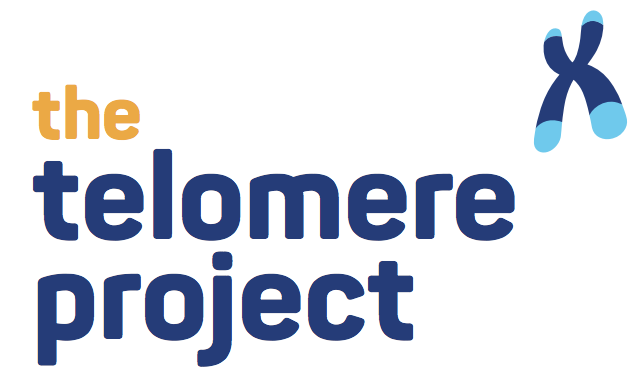TS & IPF
What is a Telomere?
Telomere (tel-uh-meer) from the Greek telos (end) and meros (part). Telomeres are an essential part of human cells that affect how our cells age - they are the caps at the end of each strand of DNA that protect our chromosomes, like the plastic tips at the end of shoelaces.
Without the coating, shoelaces become frayed until they can no longer do their job, just as without telomeres, DNA strands become damaged and our cells can’t do their job. DNA makes up all of the cells in our body: it is the genetic material that makes us who we are. Every organ in our body (skin, liver, lung, etc.) is made up of cells.
Our cells replenish by copying themselves constantly throughout our lives. Telomeres get shorter each time a cell copies itself. Eventually, telomeres get too short to do their job, causing our cells to age and stop functioning properly. Therefore, telomeres act as the aging clock in every cell.
Telomere activity is controlled by two mechanisms: erosion and addition. Erosion occurs each time a cell divides. Addition is determined by the activity of telomerase.
Telomerase is an enzyme that adds back nucleotides to the telomere. Very generically, like a bathtub with a certain water level (telomere length), there is a drain (in this case, cell replication) and there is a faucet (telomerase). Telomerase activity cannot keep up with cell replication, hence aging cells which leads to an aging body.
Telomere Syndromes and Telomerase Mutations
Telomere syndromes are inherited conditions that can cause a variety of related diseases such as aplastic anemia, liver cirrhosis, dyskeratosis congenita, and the most common, idiopathic pulmonary fibrosis. Telomere syndromes are caused by abnormally short telomeres.
A genetic mutation in the gene that produces telomerase causes telomeres to shorten at a faster rate (think a faulty faucet in our bathtub example above). The most commonly mutated genes in telomere syndromes are TERT (which stands for telomerase reverse transcriptase) and TR (also known as TERC).
Symptoms of telomere syndromes vary and depend on each patient’s telomere length. The conditions include bone marrow failure, pulmonary fibrosis, liver disease and gastrointestinal disease.
What is Idiopathic Pulmonary Fibrosis (IPF)?
IPF is a progressive and fatal lung disease characterized by fibrosis (scarring) and damage to the lung. IPF is a premature aging disease that typically presents after the fifth decade of life, with prevalence increasing with age. The median mortality for the disease is approximately three years after initial diagnosis and currently, there are no definitive treatments. TERT and TR mutations are the most prevalent identifiable cause of IPF.
IPF is an unforgiving disease best characterized as a slow suffocation. There are no IPF survivors to tell their stories and many may not know they have IPF since IPF can be commonly mistaken for other pulmonary disease. Awareness and testing form an important pillar to building lifesaving efforts for those affected by IPF. So too does funding research and drug development.
Resources for Patients and Families
Are you or your family looking for individualized support as you navigate TS or IPF? We are proud to partner with Global Genes to offer RARE Concierge. Connect with an experienced team of rare disease professionals that can provide resources, education, and connections free of charge. No matter where you are in the world, your journey, or what your unique need is, RARE Concierge can help you!




